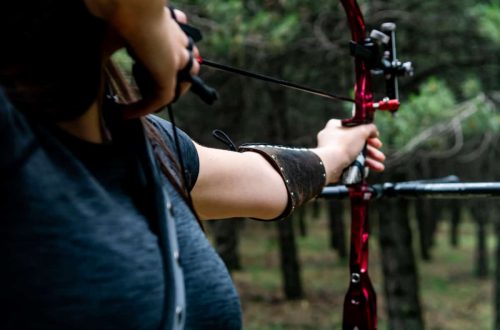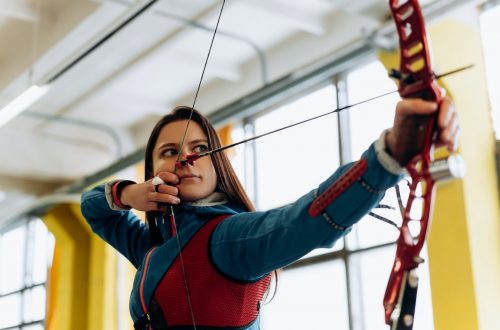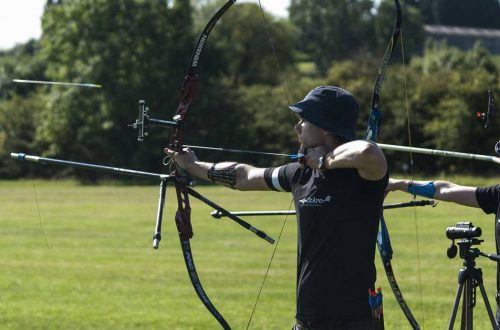
Understanding bow draw weight and length
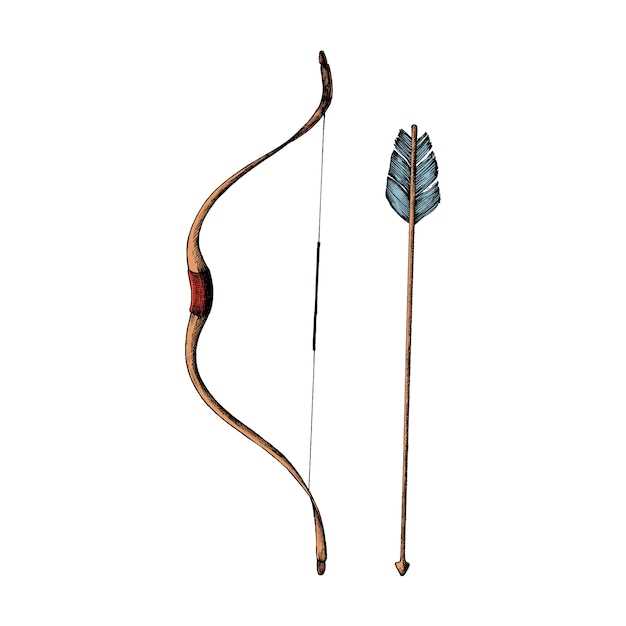
The performance of a bow is significantly influenced by two critical measurements: draw weight and draw length. These metrics determine not only how much effort is required to pull the bowstring back but also the overall efficiency and effectiveness of the shot. Understanding these factors is essential for both novice and experienced archers who strive for accuracy and consistency in their shooting.
Draw weight refers to the amount of force applied when drawing the bowstring to its full extension. It is usually measured in pounds and can vary widely depending on the type of bow and the individual archer’s strength. Choosing the appropriate draw weight is crucial, as it affects not only the bow’s power but also the shooter’s ability to handle the bow comfortably. A draw weight that is too heavy can lead to fatigue and poor shooting performance, while one that is too light may not provide adequate power for effective shooting.
On the other hand, draw length is the distance the bowstring is pulled back before releasing an arrow. Accurate measurement of draw length is vital, as it directly impacts the bow’s performance. A proper draw length allows the archer to maintain a stable shooting form, ensuring greater accuracy and an enhanced shooting experience. Understanding how these two key measurements interact will empower archers to make informed decisions about their equipment, optimizing their performance on the range or in the field.
Measuring Draw Weight: Key Techniques and Tools

Measuring draw weight is essential for archers seeking to optimize their shooting experience and improve performance. Accurate assessment of draw weight ensures that the archer can handle the bow comfortably while achieving maximum efficiency in their shot. Several techniques and tools facilitate the measurement of draw weight effectively.
One of the most prevalent methods of measuring draw weight involves the use of a bow scale. A bow scale is a specialized measuring device designed to accurately gauge the force required to draw the bowstring back. To use a bow scale, attach it to the bowstring at the nocking point, then pull the string steadily until it reaches the desired draw length. The scale displays the draw weight in pounds, allowing for precise measurement.
Another technique utilizes a draw weight indicator that attaches to the bow for real-time measurements. This device provides continuous feedback as the archer draws the string, displaying the weight dynamically. Such indicators can be particularly useful for archers who want to monitor their performance during practice sessions.
Archers may also consider using a compound bow with a built-in draw weight adjustment feature. Many modern compound bows allow users to modify the draw weight through limb adjustments. By setting the bow to a specific weight, archers can familiarize themselves with the required strength needed to achieve optimal performance.
Regardless of the method chosen, it is crucial to ensure accuracy in measurement. Performing multiple tests and averaging the results can help account for minor variations. Additionally, considering the draw length alongside draw weight provides a comprehensive understanding of the bow’s performance characteristics.
In conclusion, effectively measuring draw weight is fundamental for any archer. Utilizing tools such as bow scales and draw weight indicators, combined with consistent practice, enables archers to tailor their equipment to their personal preferences and physical capabilities.
The Impact of Draw Length on Performance
Draw length is a critical factor that influences overall archery performance. It refers to the distance the bowstring is pulled back before releasing an arrow. An appropriate draw length ensures that the archer can achieve optimal form, which directly affects accuracy and consistency.
A longer draw length generally allows the archer to generate higher arrow speeds. This is due to the increased potential energy stored in the bow when the string is pulled further back. The combination of draw length and draw weight plays a significant role in determining the kinetic energy delivered to the arrow upon release. Therefore, archers should carefully consider their draw length in conjunction with their preferred draw weight to maximize performance.
Moreover, improper draw length can lead to inefficiencies in shooting. If the draw length is too short or too long, the archer may experience issues such as poor alignment and decreased stability. These inefficiencies can result in diminished accuracy and potential injury from overextending or straining muscles during the draw cycle.
Understanding the correlation between draw length and performance is essential for both beginners and experienced archers. By properly adjusting draw length to match personal physiology and shooting style, archers can achieve improved control, ultimately leading to better shot placement and greater success on the range or field.
Choosing the Right Draw Weight for Different Archery Styles
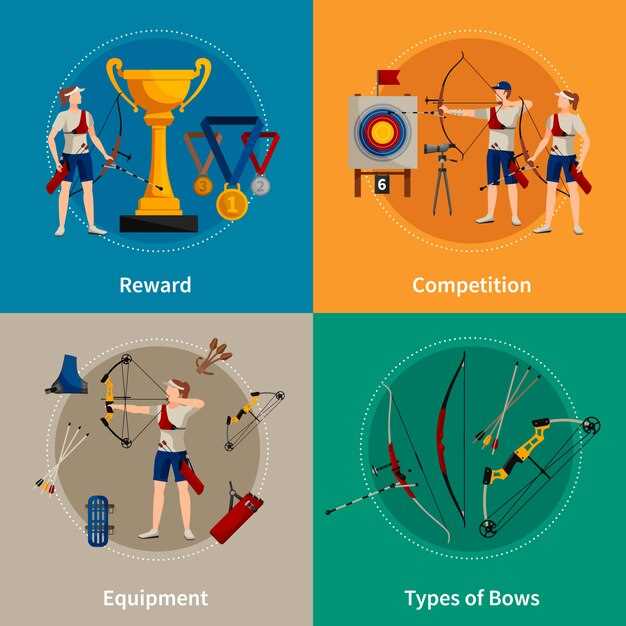
When selecting the appropriate draw weight for various archery styles, it is essential to consider several key measurements that affect both performance and comfort. Different styles, such as target archery, field archery, and traditional archery, demand specific draw weights to optimize the shooter’s efficiency and accuracy.
For target archery, which often requires precision at longer distances, a moderate draw weight between 20 to 40 pounds is typically recommended for beginners. This allows for greater control and stability during the draw and aim phases. As the archer gains experience, they may choose to increase the draw weight to enhance arrow speed and distance.
Field archery, characterized by shooting at varying distances and angles, can benefit from a slightly higher draw weight–usually between 30 and 50 pounds. This range helps to ensure that arrows maintain their velocity and trajectory, especially when navigating challenging terrains and target placements. Adjusting the draw weight based on the environment can enhance the overall shooting experience.
In traditional archery, where equipment is often lighter and more simplistic, draw weights can vary significantly. Archers typically use weights ranging from 25 to 55 pounds depending on their strength and the type of bow being utilized. A higher draw weight can provide more power, making it suitable for hunting applications where penetration and accuracy are crucial.
Ultimately, the best approach to choosing the right draw weight involves personal testing and assessment. Shooters should consider their physical strength, experience level, and the specific demands of their chosen archery style. Properly matching draw weight with individual ability will not only improve accuracy and enjoyment but also ensure a safer and more effective shooting experience.


